Hail to the Chiefs
The strains of "Hail to the Chief" are rarely heard in the Apostle Islands but that doesn't mean that the Commanders-in-Chief have not left their mark on the islands.
Look closely, really, really closely, at the Presidential Seal and you’ll see absolutely nothing about the Apostle Islands. You will see thirteen arrows and an olive branch with thirteen leaves symbolizing war and peace respectively. You will see 50 stars (we do have stars) representing the 50 states and an eagle (we do have eagles). But the official modern Presidential Seal, created in 1945 by the Truman Administration, has very little to do directly with the Apostle Islands. The same might be said for presidents themselves as only one sitting president has ever set foot in the islands. But, that doesn’t mean that the occupants of the Oval Office have had no influence on these islands. They have.
And so, as the nation prepares to swear in the 47th President of the United States at noon on January 20th, I offer a look at the role of our Commanders-in-Chief in the history of the Apostle Islands.

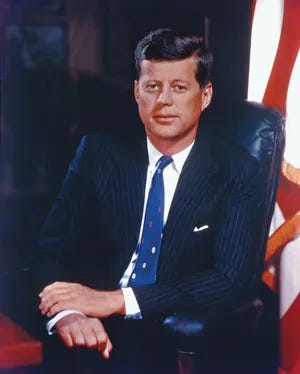
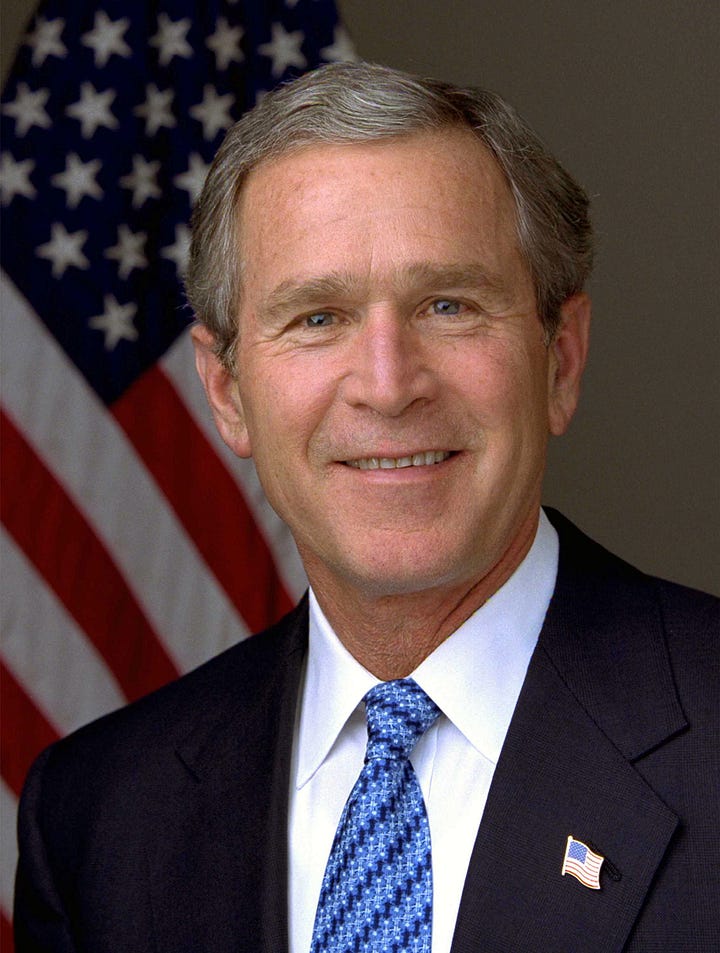

The only sitting president to actually set foot in the islands was the 30th, Calvin Coolidge. That visit was a part of a summer-long stint in northern Wisconsin where a lodge along the Brule River became the “summer White House” giving Coolidge, his wife Grace, son John, and their staff, a respite from the heat (weather and political) for a few months in the summer of 1928.
On August 22nd of that year, the Coolidge family and select staff boarded the Nellwood (a yacht owned by H.L. Gary of Kansas City) for a tour of the islands. The president’s yacht departed Ashland and wove in and out among the islands followed by a rag-tag armada of smaller craft jam-packed with journalists, cameramen, and onlookers.
The entourage watched local fishermen lifting nets near Rocky Island and then made their way to Devils Island where the president was given a tour of the lighthouse by Keeper Hans Christensen who proudly displayed the tower’s newly-lit Fresnel lens. Coolidge, like many visitors, even signed the lighthouse log book.
The president was then honored with a sit-down shore lunch of locally caught lake trout. A makeshift dining table and an eclectic collection of chairs were set up on the sandstone ledge on the island’s eastern shore just below the lighthouse. To ensure that a sudden wind would not upend the president’s lunch and send it back into the lake whence it came, the legs of the table were cemented to the sandstone. Remnants of that cement could be seen on the sandstone ledge for decades afterward.
Coolidge gave no public remarks about the Islands (or little else it seems as those who were with him stated that the First Lady did most of the talking). Still, he was said to have been impressed with the beauty. Congressman Hubert Peavey followed up the visit with a bill seeking funds to study the area’s potential as a national park but with the economic dark clouds of the Great Depression gathering on the horizon, Coolidge never found time to authorize the study. His visit, however, did bring national attention to the Apostle Islands and in many ways began the long, slow political sail towards their eventual protection.
It was another set of sails, or more specifically a cluster of them, that played an important role in the next president to fly through Island history.
On September 24, 1963, Air Force One landed at the Duluth, Minnesota airport carrying President John F. Kennedy, Secretary of Interior Stewart Udall and others, part of a nationwide Conservation Tour spearheaded by Wisconsin Senator Gaylord Nelson. Following a speech there, the group was transferred to helicopters for the short hop over the Apostle Islands to Ashland, Wisconsin where more than 10,000 local residents awaited another presidential address.
A full aerial tour of the Islands had been planned but a brewing storm and the large crowd waiting cut the trip short, shorter than Martin Hanson, a local booster for the protection of the Apostles would have liked. But when Hanson, who was also on the helicopter, noticed a cluster of sailboats in full sail near Basswood Island (a set of sailboats Hanson may or may not have had a hand in deploying), he tapped the president on the shoulder to point them out. The president, a sailor himself, smiled.
“Anyone who flies over those islands as we did,” Kennedy said in an unscripted ad lib in his speech at the Ashland airport, “knows that any day spent not working to protect these islands is a wasted day.” The sailboats had worked their magic.
Once again, the dark clouds of history would intervene. President Kennedy would never get the chance to sign legislation to protect the Apostle Islands before his fateful trip to Dallas. Gaylord Nelson however (seen at the far right in the photo above) would persist in his championing of the idea, first to Lyndon Johnson and later Richard Nixon. On September 26, 1970 that persistence paid off when President Nixon (who never visited the Islands) signed Public Law 91-424 , a bill “To provide for the establishment of the Apostle Islands National Lakeshore in the State of Wisconsin, and for other purposes.” The Apostle Islands National Lakeshore was born.
No other president has ever set foot in or even flown over the Islands since then. Ronald Reagan signed a 1986 bill expanding the lakeshore to include Long Island, a vital nesting habitat for the endangered piping plover. George W. Bush put his signature on a December 8, 2004 bill designating nearly 80 percent of the Islands as the Gaylord A. Nelson Wilderness Area. But neither of them ever came to see what their presidential powers had helped protect.
With such a short parade of presidents, these islands may seem like they are beyond the reach of presidential politics but that is a fallacy. They have been touched by the policies of every president - those who visited in person and those who wielded the power of the office to indirectly shape their fate.
So as a new Commander-in-Chief raises his right hand on January 20, 2025 standing behind the Presidential Seal, I will be thinking of many things, not the least of which is a remarkable constellation of islands set far from the presidential parade route and what their political future may hold.
— Jeff Rennicke





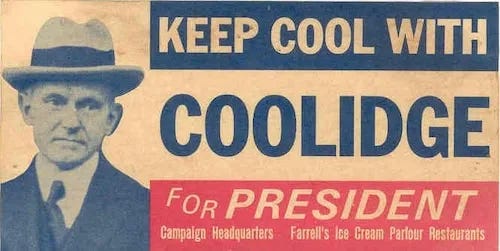

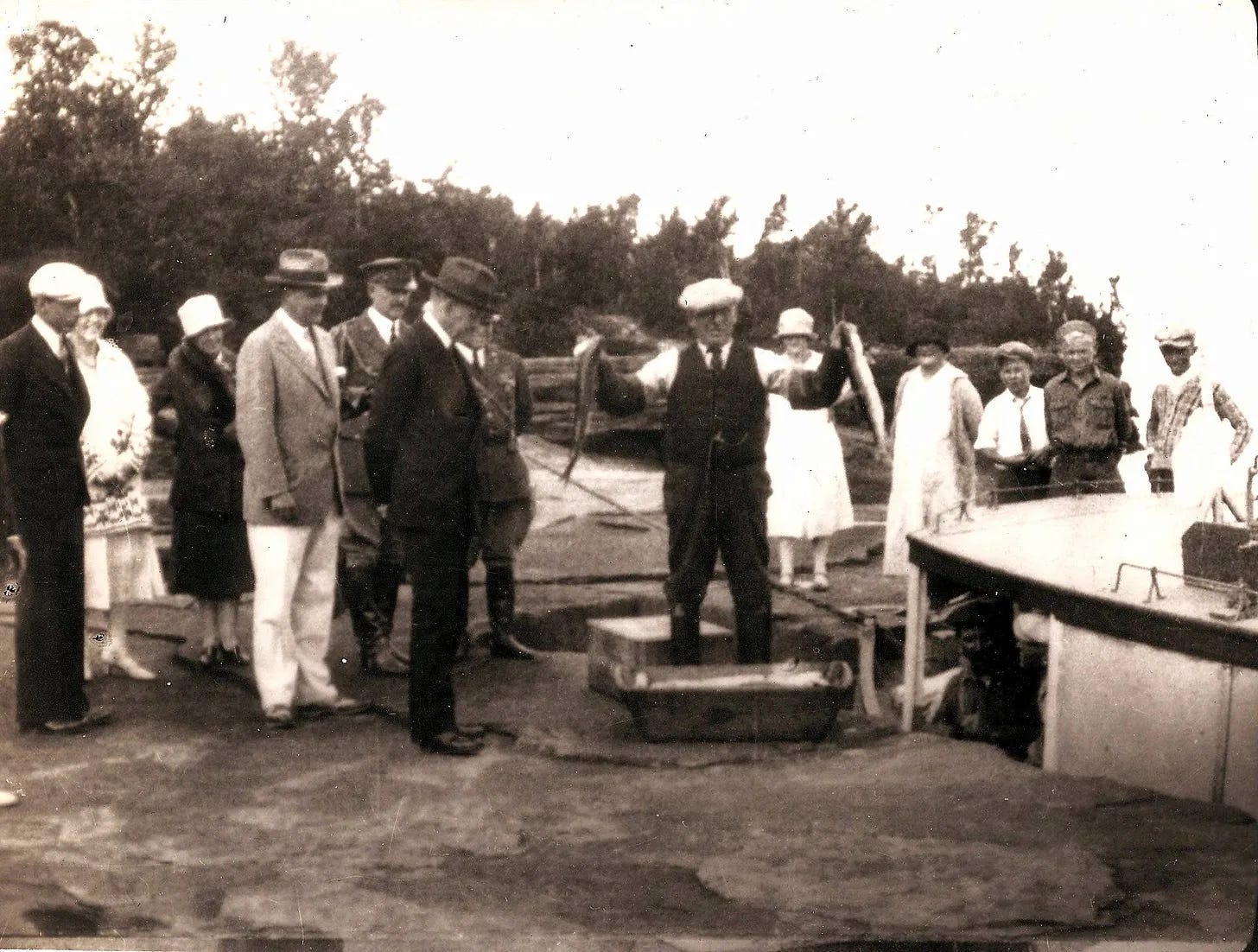
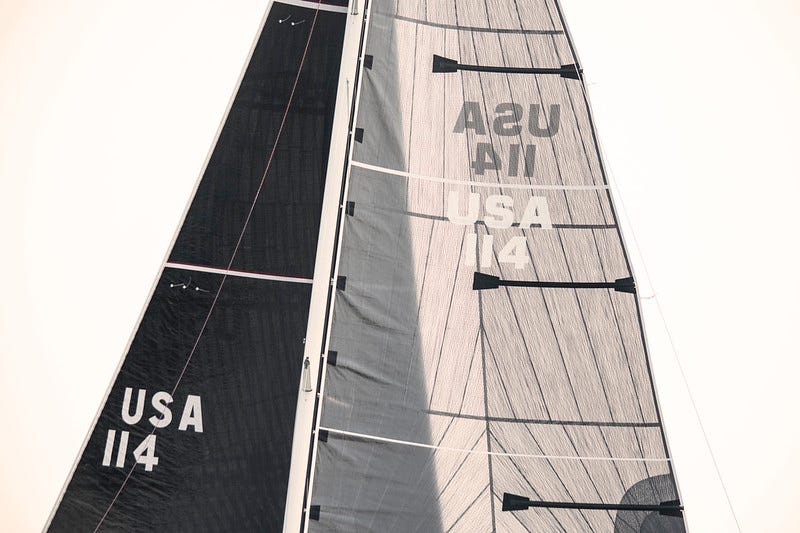



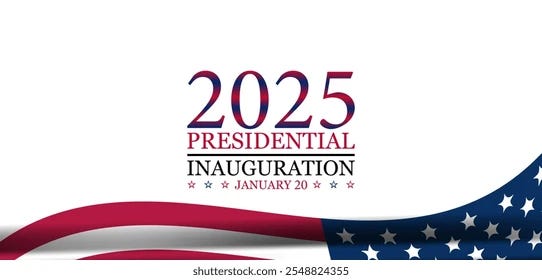
e I'll see how far Tom Tiffany with 47's approval, pushes his agenda to change the Lakeshore status